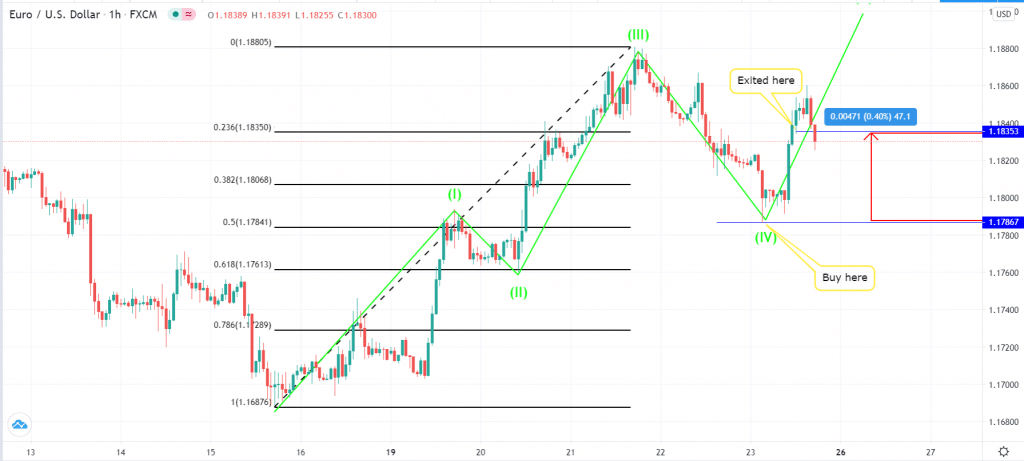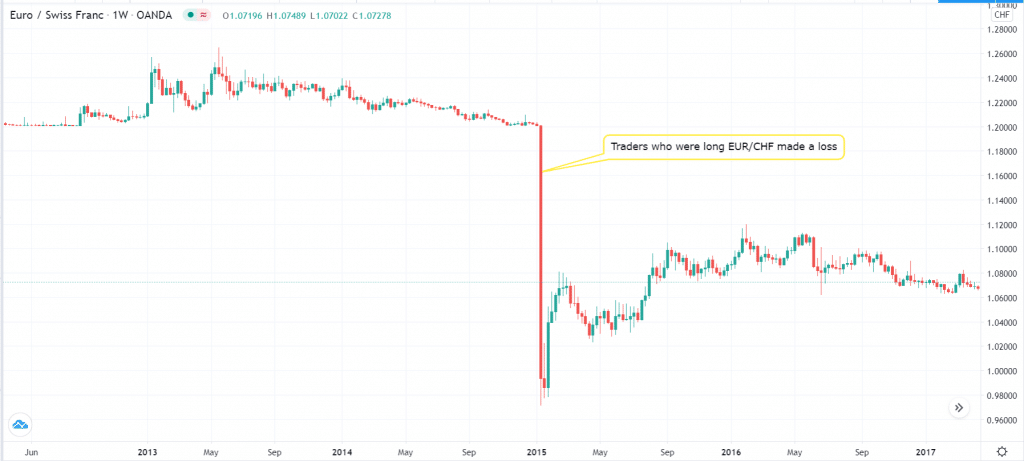Day trading has become a major source of income for millions of people globally. Indeed, the Covid-19 pandemic has pushed more people to the industry. For example, recently, David Portnoy, founder of the popular sports blog, made headlines when he said he had moved to day trading. Unfortunately, more than 70% of those people who start day trading fail. In this report, we will look at the five most important habits that successful day traders have.
They start with the news
News and economic numbers are essential for the Forex, commodities, stocks, and all types of markets. That is because this news is what moves the markets. For example, some of the popular news that moves the currencies market is economic numbers like employment and inflation numbers. In the stock market, news like earnings, mergers, and acquisitions, and bankruptcies are usually top movers.
Therefore, most successful traders start their day by reading the news and checking out the economic calendar. Some of the most popular sources of the news are websites like the Wall Street Journal, Financial Times, and Investing.com.
If you are a new or relatively experienced trader, we recommend that you form the habit of reading the news every morning. You should also check out the following day’s calendar when you end your day. This will help you be prepared for the following day.
Trading journal
A personal trading journal is a document that tracks all your actions in the market. Most successful day traders have mastered the art of recording their trades, either on a piece of paper, a spreadsheet or an online platform like Evernote or OneNote.
Traders use different approaches when creating their journals. However, some of the most popular columns in the document are the date, all trades you initiate, the price of initiation, the reason for initiating the trades, exit price, and profit or loss, and the reason for closing the trade.
For example, in the chart below, the journal entry could be:
I bought the EUR/USD pair on 23rd October at 1.1787. The pair had just moved close to the 50% Fibonacci retracement level. I expected it to start the fifth wave of Elliot waves. I then exited the trade at 1.1835 because I expected it to find resistance, this being the 23.6% retracement level. I made a 0.40% gain in this trade.
Example of a trading journal entry

There are several benefits of having a day trading journal:
- It is an excellent document that helps you become more organised.
- It helps you identify winning and losing trading strategies. As such, you can learn to focus on the winners.
- It helps you simplify your trading.
- Finally, it helps you identify trading opportunities in an easier way.
They limit their risks
Trading is a risky game, which explains why most day traders fail. Most successful traders know this and seek to minimize their risks while increasing their profits. For example, even in the example above, the EUR/USD could have defied the Elliot wave pattern and continued with the downward trend. Fortunately, there are several risk management strategies you can apply. These are:
- Checking the leverage. While bigger leverage can help you make more money, it also increases your loss potential. Therefore, you should do your best to find the sweet spot.
- Check the lot size. Lot size or volume refers to the size of the trade. If a trade goes right, a lot size of 1 will make you more money than a lot size of 0.5. On the other hand, if the trade goes south, you will lose more money. As such, you should find a balance of the right lot sizes to use.
- Stop loss. A stop loss is a tool that stops your trade at a predetermined level. Its goal is to prevent further losses beyond that price. All successful traders use the stop loss or the trailing stop tool.
- Arbitrage. Arbitrage is a trading strategy that opens two trades of correlated or uncorrelated assets simultaneously with the goal of minimizing losses. It is a popular risk management strategy.
- Avoid overnight risks. Most day traders do their best to close their trades before they go to bed. By doing so, they avoid the risks that come with leaving trades overnight such as major breaking news. For example, traders who were long the EUR/CHF pair on 12th January 2015 made substantial losses when the Swiss National Bank (SNB) removed the currency peg.

They focus on their emotions
Trading is mostly a physical thing. You identify a trend or unique pattern and trade. However, it is also an emotional activity. Indeed, emotions are the reasons why most traders fail. Therefore, most successful traders know how to manage their emotions every day. Some of the things you can do to achieve this are:
- Taking short breaks. When you are on a losing or winning streak, taking short breaks can help you calm down.
- Having rules and following them. A common rule that will help you as a trader is to not add to losing trades. Another rule is not to trade immediately after closing a loss-making trade.
- Having realistic expectations. While being ambitious is a good thing, most traders fail because of having unrealistic expectations.
- Learn to move on. All successful traders understand that trade can take their side or go against them. When you lose, learn to let go and move on.
Test and add strategies
Finally, most successful day traders follow their trading strategies. Some are excellent scalpers while others are algorithmic traders. Others are swing traders. Regardless of the strategy you use, we recommend that you be on a continuous path of creating and testing more strategies. Doing that will help you expand your trading knowledge. It will also help you identify more strategies that are possibly more profitable than your existing approaches.
Final thoughts
Whether you are a new or experienced day trader, we believe that your day trading habits can help you improve your profits and become a better trader. While there are more habits you can implement, we believe that these five are the most essential. Importantly, these approaches are all relatively easy to implement.




